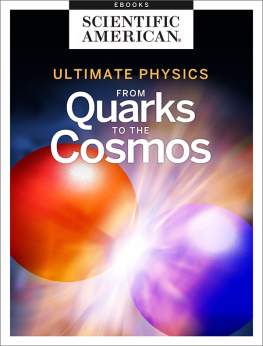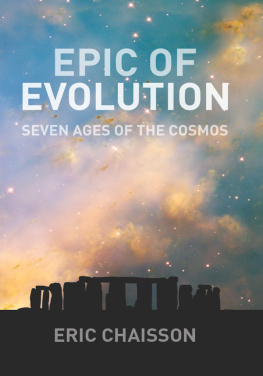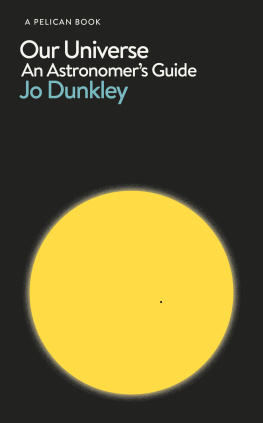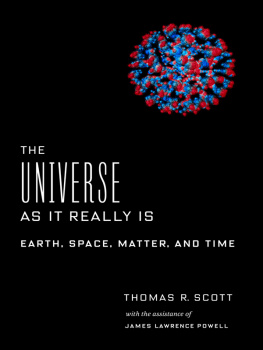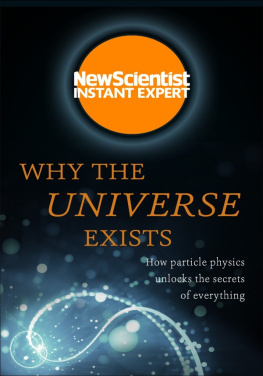HOW BIG IS BIG AND HOW SMALL IS SMALL
The Sizes of Everything and Why
by
Timothy Paul Smith



Great Clarendon Street, Oxford, OX2 6DP,
United Kingdom
Oxford University Press is a department of the University of Oxford.
It furthers the Universitys objective of excellence in research, scholarship, and education by publishing worldwide. Oxford is a registered trade mark of Oxford University Press in the UK and in certain other countries c
Timothy Paul Smith 2013
The moral rights of the author have been asserted
First Edition published in 2013
Impression: 1
All rights reserved. No part of this publication may be reproduced, stored in a retrieval system, or transmitted, in any form or by any means, without the prior permission in writing of Oxford University Press, or as expressly permitted by law, by licence or under terms agreed with the appropriate reprographics rights organization. Enquiries concerning reproduction outside the scope of the above should be sent to the Rights Department, Oxford University Press, at the address above
You must not circulate this work in any other form
and you must impose this same condition on any acquirer
Published in the United States of America by Oxford University Press
198 Madison Avenue, New York, NY 10016, United States of America
British Library Cataloguing in Publication Data
Data available
Library of Congress Control Number: 2013937705
ISBN 9780199681198
Printed and bound by
CPI Group (UK) Ltd, Croydon, CR0 4YY
Links to third party websites are provided by Oxford in good faith and
for information only. Oxford disclaims any responsibility for the materials
contained in any third party website referenced in this work.
Contents

1
From Quarks to the Cosmos:An Introduction
If the meter is the measure of humans, then we are closer to quarks than we are to quasars. However, if we take the second as the heartbeat of our lives, then we are closer to the age of the universe than to the lifetime of elementary particles. There are well over forty-five orders of magnitude between the largest things we have ever measuredthe grand breadth of the universe itselfand our smallest measurement, the probing of those iotas of matter, quarks, electrons and gluons. There are also over forty orders of magnitude between the fastest events clocked and the slowest events, which we continue to watch evolve and unfold. Somewhere in the middle of these ranges are the scales where we humans spend our lives, the scales measured in meters and seconds. The breadth of these scales is truly astonishing and it is a credit to modern science and to our intellectual capacity that we can write down forty-digit numbers with certainty and a fair amount of precision.
This book is a guide to understanding and appreciating those numbers, both the large distances and the small. A concert or an art exhibit may be beautiful and awe-inspiring, and quarks and the cosmos are awe-inspiring and, I would argue, beautiful too. But the concert or exhibit may be better appreciated with program notes or a guide. Likewise, with diligence and a good guide, we can learn what these vast and infinitesimal numbers mean. We can internalize and appreciate their beauty.
The universe is about 1027 macross. That is a 1 followed by twenty-seven zeros: 1,000,000,000,000,000,000,000,000,000 m. At the other extreme, we have probed neutrons and protons. We know that they contain quarks and we know that the quarks are smaller than 1018 m. That is a 1 preceded by seventeen zeros: 0.000,000,000,000,000,001 m. But these are numbers with which we have no connection in our everyday experiences. These numbers are bigger than the national debt, or even the gross national product of all the nations on Earth expressed in pennies. How are we ever going to understand these monstrous numbers? We will do it with analogies and by developing an appreciation for what scales mean. We will also look at systems and slices of nature the scales of which have a smaller range. We will build up, with small steps, to these massive scales. But you should not be disappointed that we do not start out with the ultimate of scales, for it is a grand tour to get there. It is a journey through atoms, sequoias, the Sloan Great Wall, pianos, whales, quarks and rock concerts. On the way we will encounter geniuses and madmen, surveyors and seismographers, horses and hurricanes.
Humans can measure things that are 1018 m across. If we were to count how many of these tiny things could be placed side by side across the universe we would end up with a number with forty-five digits! But that is only one of the endpoints, one of the brackets that hold all of nature. It is not the starting point. We start, curiously enough, with what we understand and use every day. We start with the measuring stick of man.
***
Humans have developed a number of different standards to measure our world, and in general these standards have reflected our own stature, or our labors or our lives. The second is about the time between heartbeats. The traditional acre is related to a days labor. The day itself may be astronomical in origin, but its importance lies in how the Earths rotation affects our lives by telling us when to sleep or have breakfast. The pound is a handful of dirt and the cup is a good size for a drink. The traditional units of bushels, pecks, gills and gallons are all useful units for measuring things we use every day.
However, it is the length scale that is of primary interest when measuring the universe, and we humans have been prolific when devising standards by which we can measure the length of things. The Romans measured long distances with the mile, which literally means one thousand paces (mille passus), where the pace is two steps or the distance from the right footstep to the right footstep. This is a practical unit for marching off distances with an army.
More ancient than the mile is the stade. The stade has an important distinction in athletics: it is the distance of the ancient Olympic footrace. We know the Olympic stade is 192.8 m, since we can still go to Olympia and measure where the races were held. It is from the stade that we derive the name of the place where races, and now other athletic events, are held: the stadium. In the history of astronomy, the stade also has an important role, for Eratosthenes (276194 BC), the Greek mathematician and astronomer calculated the size of the Earth and obtained a circumference of 250,000 stades. Unfortunately for us, it is not clear which stade he used. Was it the Olympic stade, the Roman stade of 185 m or another unit: the itinerary stade of 157 m? In any case, the distance he calculated of 39,00046,000 km is amazingly close to the 40,100 km modern measurements yield. Still, the mile or the stade may be good standards when measuring the length of an armys march or the breadth of an empire, or even the girth of our home planet, but they are not the units we use when we measure ourselves. When we measure ourselves and our homes we use the foot, the yard or the


